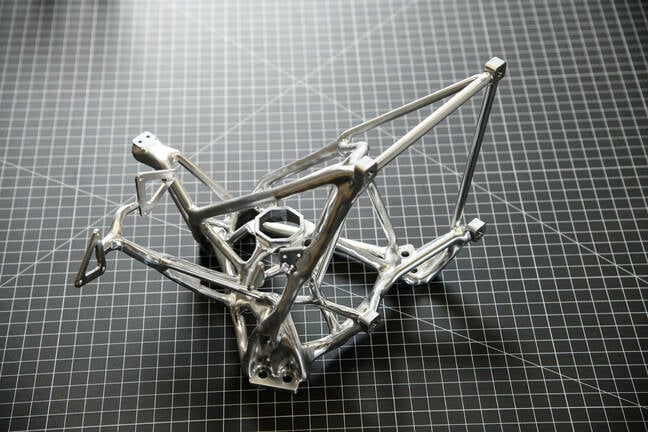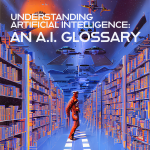NASA Goddard Space Flight Center has employed an AI algorithm to design the scaffold and support struts for its new balloon-borne telescope, the EXCITE.
The NASA AI-generated design aims to reduce the mass of spacecraft structural components by two-thirds while reducing stress risks. The design process uses CAD software, where an engineer inputs information, and the AI system generates a part. Although a human reviewer is still necessary to ensure the structures are strong enough. The evolved structures look somewhat alien and biological in design, but they are machinable by commercial vendors.
NASA’s AI system has already been adopted for several space missions that are all still in development and includes “astrophysics balloon observatories, Earth-atmosphere scanners, planetary instruments, space weather monitors, space telescopes, and even the Mars Sample Return mission.”



